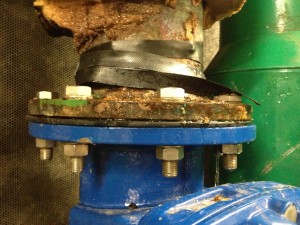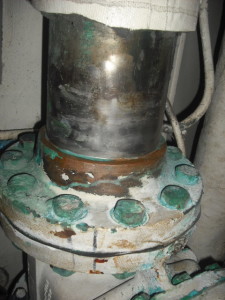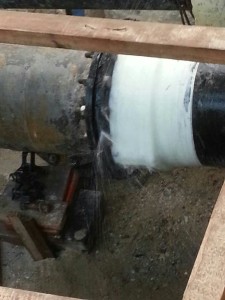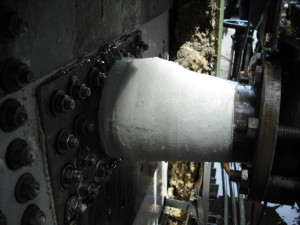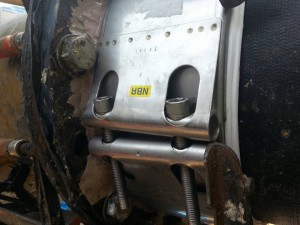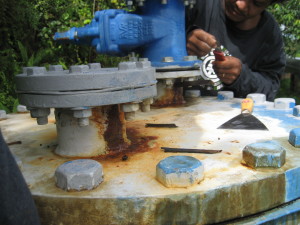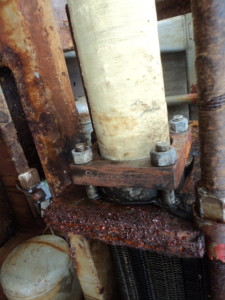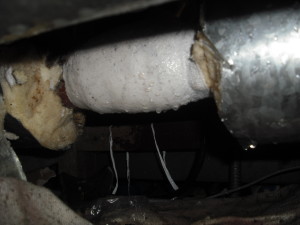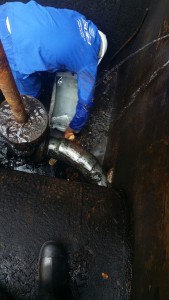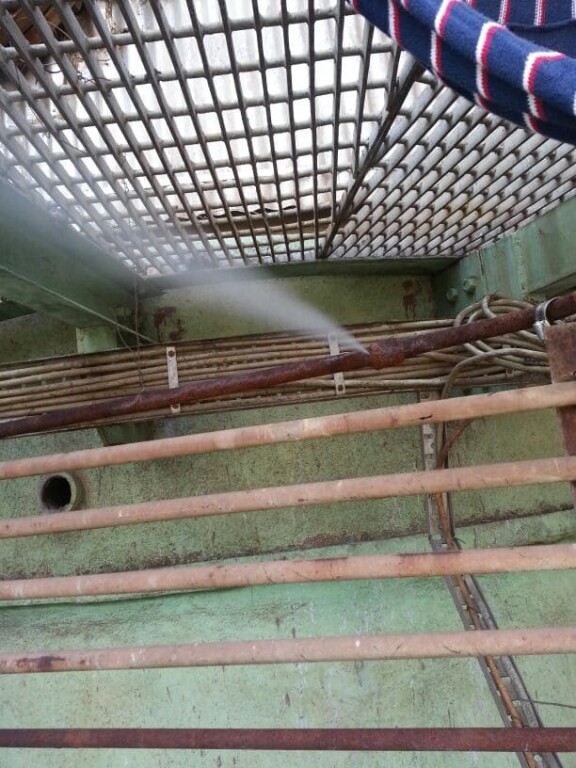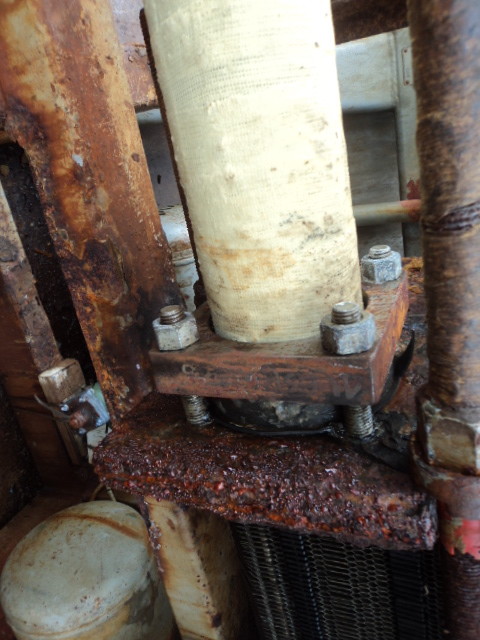
Common Causes of Flange Leaks and their Solutions
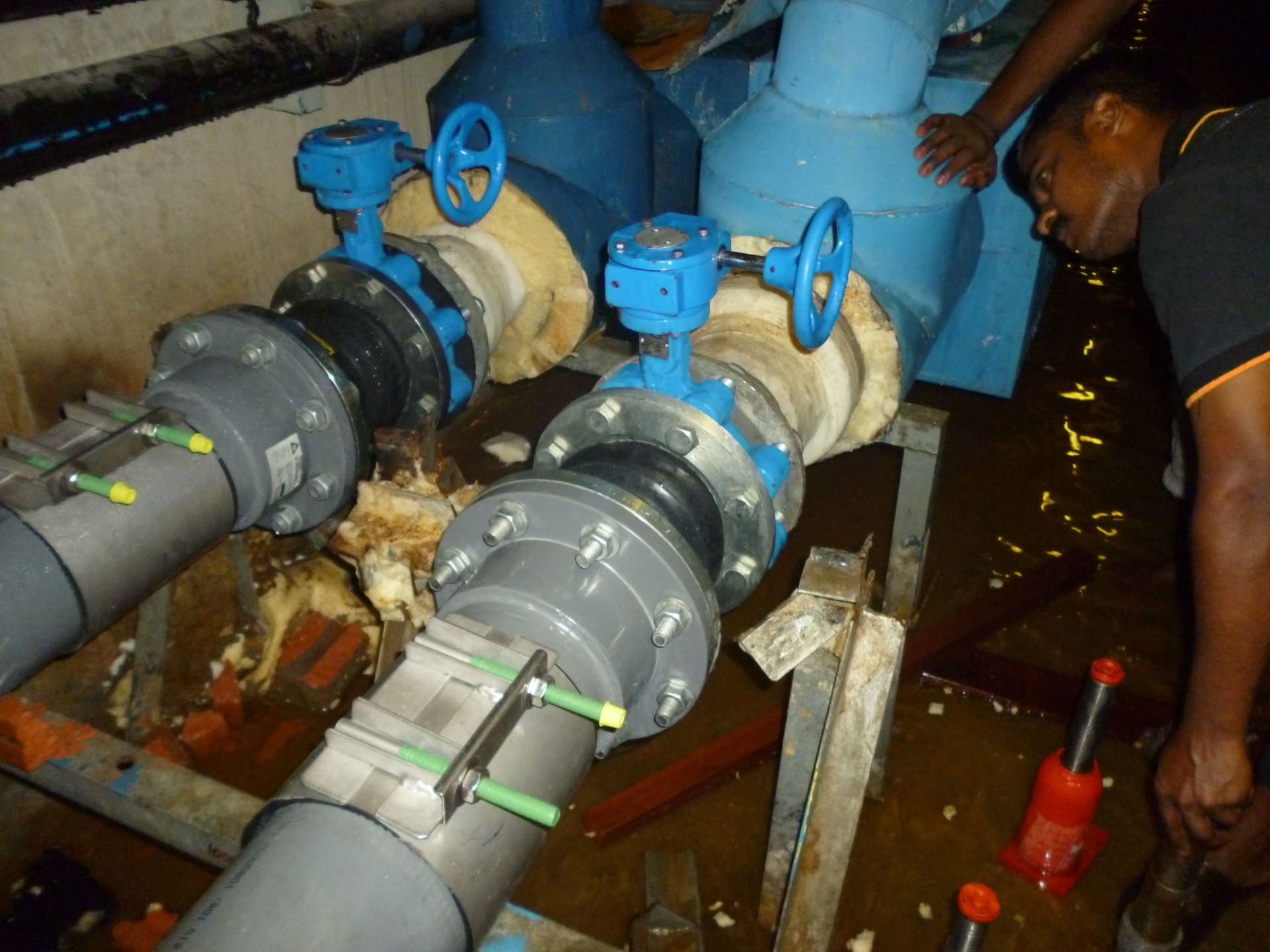
Introduction
Common Causes of Flange Leakage
By Vincent A. Carucci
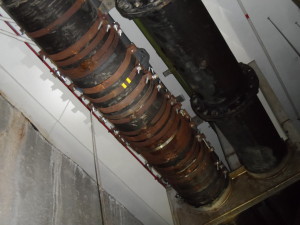
A previous article highlighted the primary causes of flange leakage. This article provides more information about these.
• Uneven Bolt Stress. An incorrect boltup procedure or cramped working conditions near the flange can leave some bolts loose while others are overtightened and crush the gasket. This can cause in-service leaks, especially in high temperature services when the heavily loaded bolts relax.
• Improper Flange Alignment. Improper flange alignment, especially flange face parallelism, causes uneven gasket compression, local crushing, and can cause subsequent leakage. Improper flange centerline alignment can also cause uneven gasket compression and flange leaks.
• Improper Gasket Centering. If a gasket is installed off center compared to the flange faces, the gasket will be unevenly compressed and make the joint prone to leakage. Spiral wound and double jacketed gaskets usually have a centering ring that extends to the inner edge of the bolts. A sheet gasket can be cut so that its outside diameter matches the inner edge of the bolts.
• Dirty or Damaged Flange Faces. Dirt, scale, scratches, protrusions, weld spatter on gasket seating surfaces, and warped seating surfaces provide leakage paths or can cause uneven gasket compression that can result in flange leakage.
• Excessive Piping System Loads at Flange Locations. Excessive forces and bending moments can loosen the bolting or distort the flanges and lead to leaks. Common causes are inadequate piping flexibility, using cold spring to align flanges, and improper location of supports or restraints.
• Thermal Shock. Rapid temperature fluctuations can cause flanges to deform temporarily. This is typically a greater potential problem in high temperature applications. Process variations cannot always be avoided. A related problem is temperature variation around the flange circumference (e.g., cooling on top due to rain, or cool liquid at the bottom and hot gas at the top). Where this is a problem, sheet metal shields can be installed to protect against rain or snow impingement that could cause thermal gradients across the flange and cause leakage. Such shields also serve to keep the flanges and bolts at a more uniform temperature.
• Improper Gasket Size or Material. Sometimes, the wrong gasket size or material is installed. The wrong size should be fairly obvious during installation, and something that a trained boltup crew will immediately identify. The wrong material may not be apparent until corrosion or blowout damages the gasket.
• Improper Flange Facing. Deeper serrations than specified will prevent the seating of double jacketed or spiral wound gaskets and provide a leakage path. Normal raised face flange finishes have grooves that are 0.002 to 0.005 in. (0.05 to 0.13 mm) deep.
• High Vibration Levels. Excessive vibration can loosen flange bolts and ultimately cause flange leakage.
